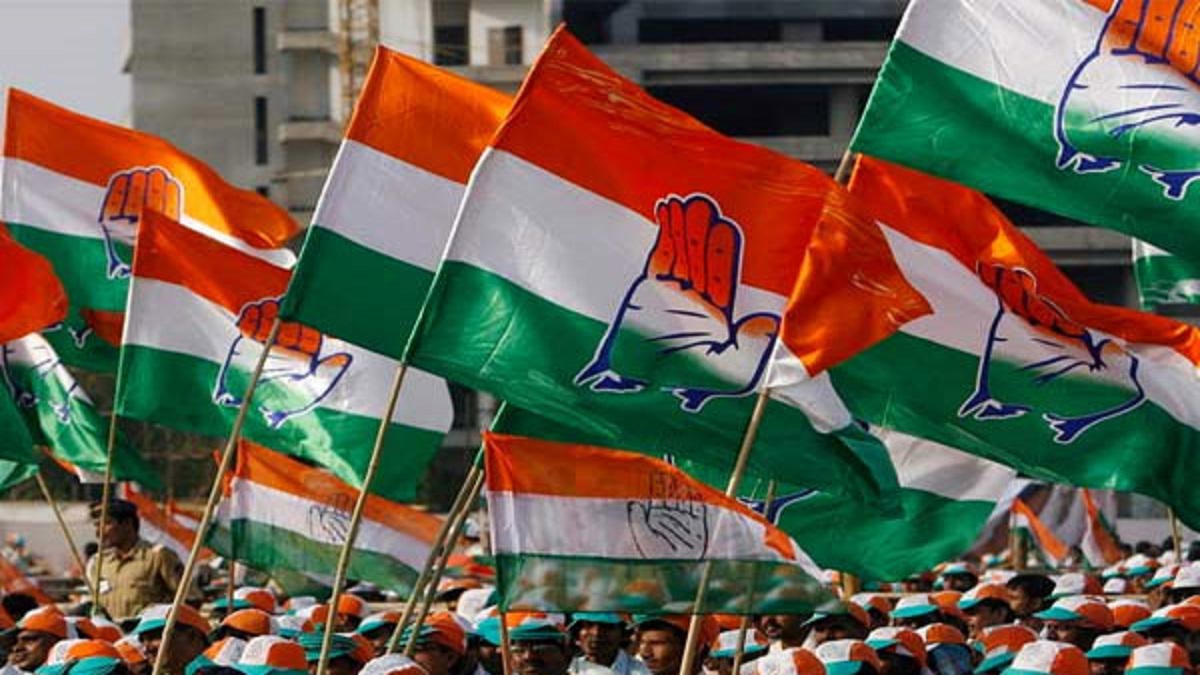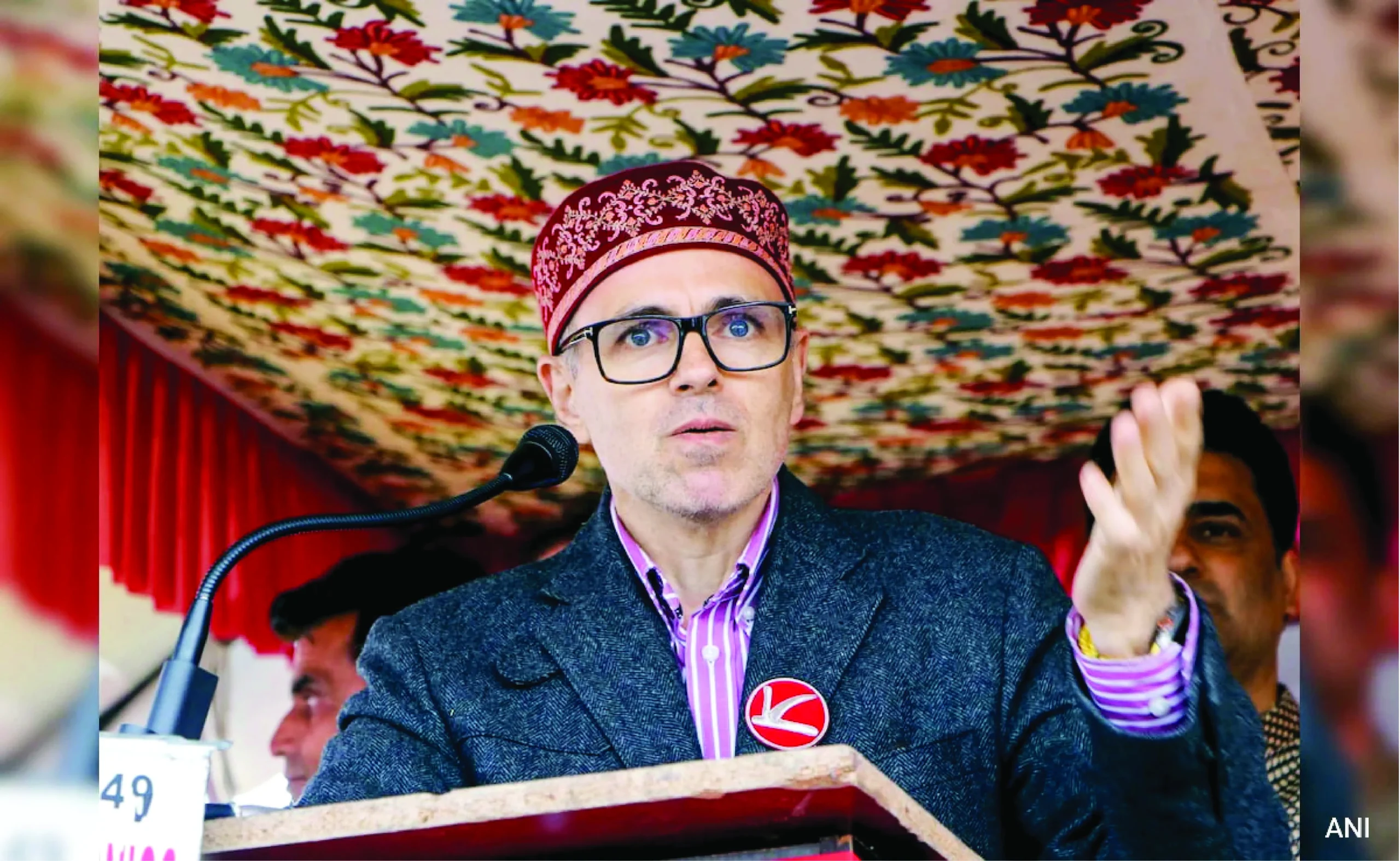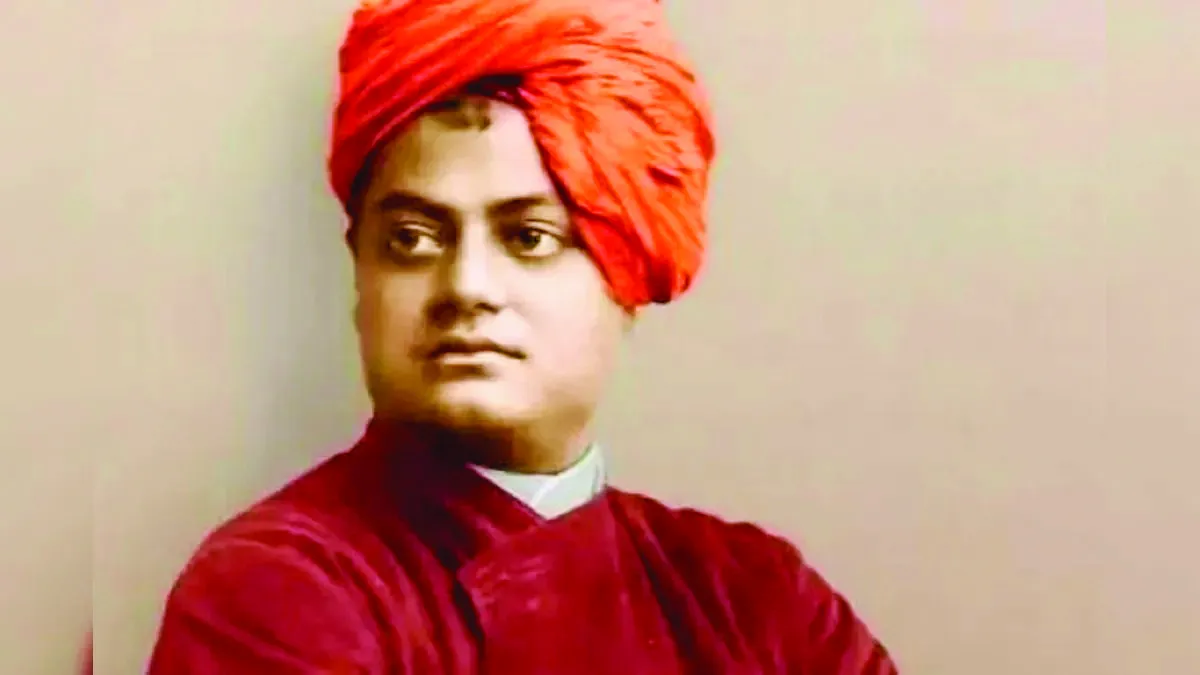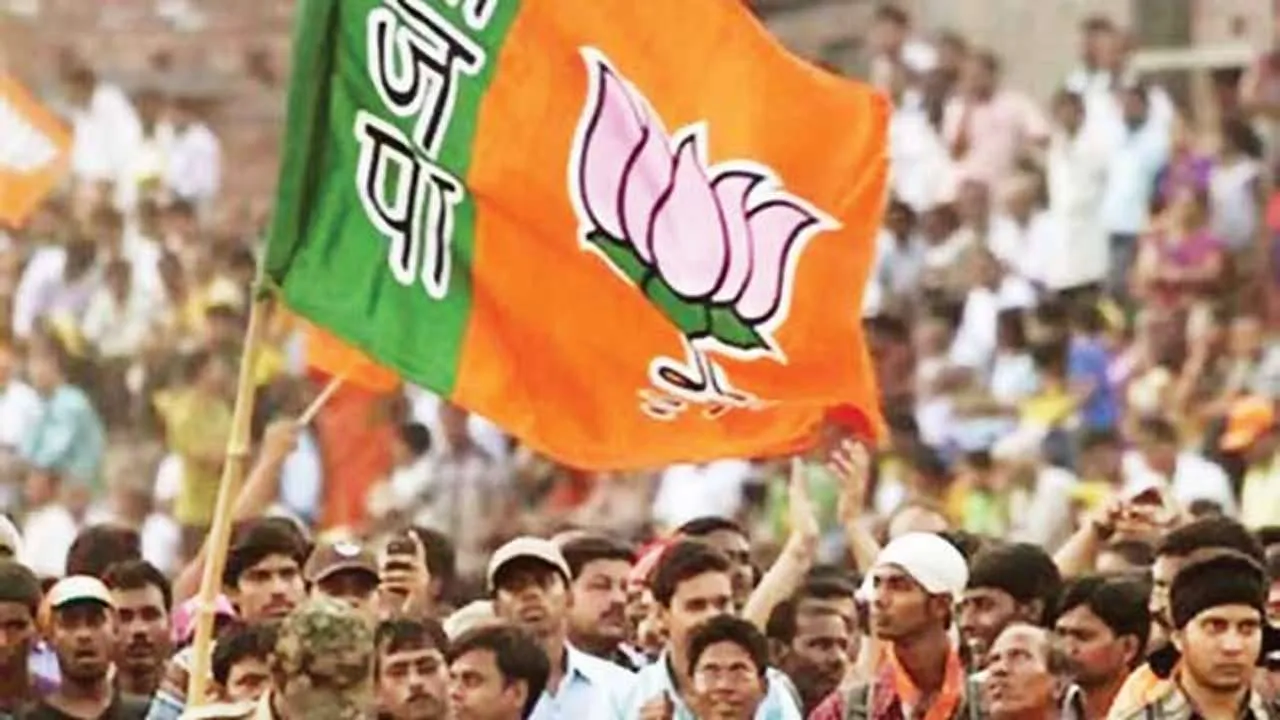While looking at the Gujarat Assembly election results, the Aam Aadmi Party factor in Bharatiya Janata Party’s victory and Congress’ loss is being overstated by many analysts and politicians, particularly those from the Congress. Former Union Minister and Congress leader P. Chidambaram said in an interview on Sunday, that it was the AAP that played the spoiler for the Congress in Gujarat, the primary reason why the latter performed so abysmally in the elections, by getting a measly 17 seats in a 182-member Assembly, and a vote share of 27.3%. The AAP got a vote share of 12.9% and 5 seats. The BJP, on the other hand, swept the elections with 156 seats and a vote share of 52.5%. This was a jump of 57 seats for the BJP from 2017, when it got 99 seats. The Congress got 77 seats in 2017. So it lost 60 seats in 2022. As post-result analyses have shown, even if the AAP had not fought the elections, and if the votes that the AAP had polled had gone to the Congress, the latter would have won another 20-30 seats and thus gone up to a maximum of 40-50 seats in total. Whereas the BJP’s tally would have come down by 30-odd seats to around 123-125. But even at that level, it would have been nearly as good as BJP’s performance in the 2002 Assembly elections, when it won 127 seats. Thus, it would have been a landslide win for BJP. So where is the question of the AAP playing a spoilsport for the Congress? Such assertions are made only to deflect attention from the fact that the Congress was running on empty in Gujarat, which Rahul Gandhi knew very well, because of which he paid a token visit to the state, and instead stayed busy with his Bharat Jodo Yatra in the southern part of the country.
The buzz in 2017 was about how the Congress was putting up a major fight against the BJP in the state. This was at the height of the Patidar movement and the Congress was being discussed for the agenda it had for the state. The Congress was visible on the ground, and even though Rahul Gandhi did not inspire much confidence, there were enough grassroots leaders who mattered for the party. It was an opportunity that the Congress could have capitalized on—if it wanted to. During a visit to the state ahead of the 2017 elections, it was often repeated to this writer, how the average Gujarati did not have much anger against the BJP—and definitely zero anger against Prime Minister Narendra Modi. But their anger was against individual MLAs. And that anger was real, so much so that, but for Prime Minister Modi, the party could have found it difficult to notch up even 92 seats, the halfway mark. Post 2017, the BJP studied its failings in the state, learnt its lessons and corrected course. It went about bringing the “enemy” to its fold—the heroes of the Patidar and Thakor movements, Hardik and Alpesh, respectively. Halfway through its term, the BJP gave the voters a brand new government, by removing senior faces such as Chief Minister Vijay Rupani and his deputy, Nitin Patel. It took care of Patidar anger by giving the state a Patidar Chief Minister, who was also a long-time associate of former Chief Minister Anandiben Patel, whose removal from the CM’s post was one of the triggers of the Patidar movement. Also, the wider Sangh Parivar worked relentlessly in tribal and other areas of concern for the BJP, thus decimating Congress’ Adivasi and other vote banks. In other words, the BJP went back to the drawing board the day the election results were declared in 2017, and its target was 150 seats. 150 was the target even in 2017, but it was achieved in 2022 through sheer hard work and masterful strategy.
Where was the Congress amid all this? It let go of 16 of its 77 MLAs, who joined the BJP. It could not keep in its fold either Alpesh Thakor or Hardik Patel, both of whom joined the BJP. The Congress would have people believe that this is about the BJP poaching rival party leaders. It does not realise, rather does not admit that this actually has to do with the party top brass ignoring ambitious and competent leaders and not giving them space to grow, lest they become a threat to the Gandhi family. Almost every leader who has left the Congress for the BJP has similar complaints about the Family fiefdom—be it Assam’s Himanta Biswa Sarma, or Gujarat’s Hardik Patel. It is about the Family’s arrogance, as well as the “small” problem of being out of touch with reality. The sum and substance of it is, the Congress ceded space, which the AAP hoped to capture, which it did, but only partially. But then for the AAP in Gujarat, it was always more buzz than substance. Moreover, it lacked a strong face like it had in Punjab, in Bhagwant Mann, who had captured the people’s imagination. In fact, AAP too needs to draw a lesson from Gujarat, that it needs to do years of work at the grassroots in states outside of its strongholds, before it can make its presence felt there. Minor wins of a handful of seats in a municipality, as it did in Surat, are not enough to pose a challenge to a party like the BJP. As for the BJP, it has crossed the “undefeatable” 50% threshold of vote share, decimating other parties. This makes the BJP its own opposition in Gujarat and it has to live up to that role. It should not forget that the people of Gujarat have reposed their trust in it.























